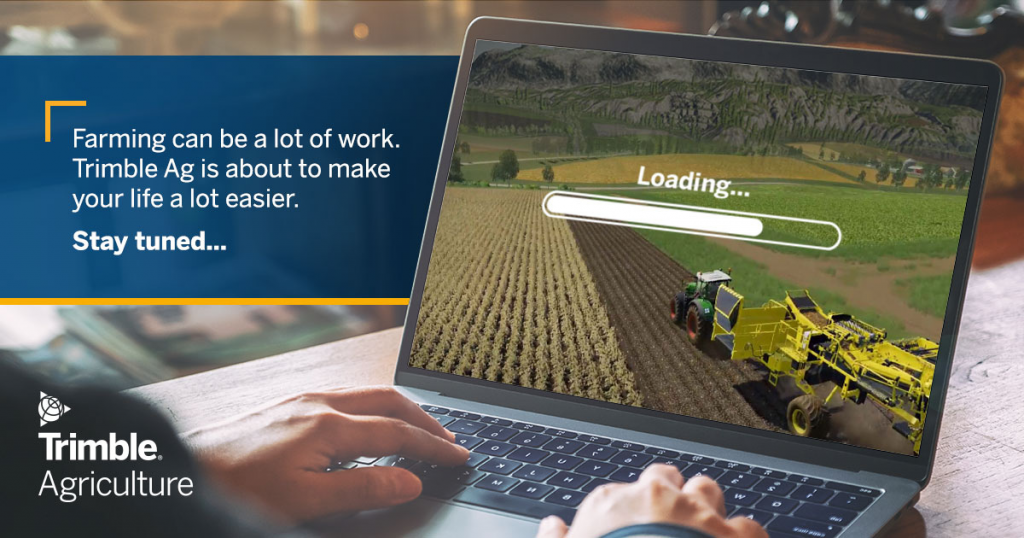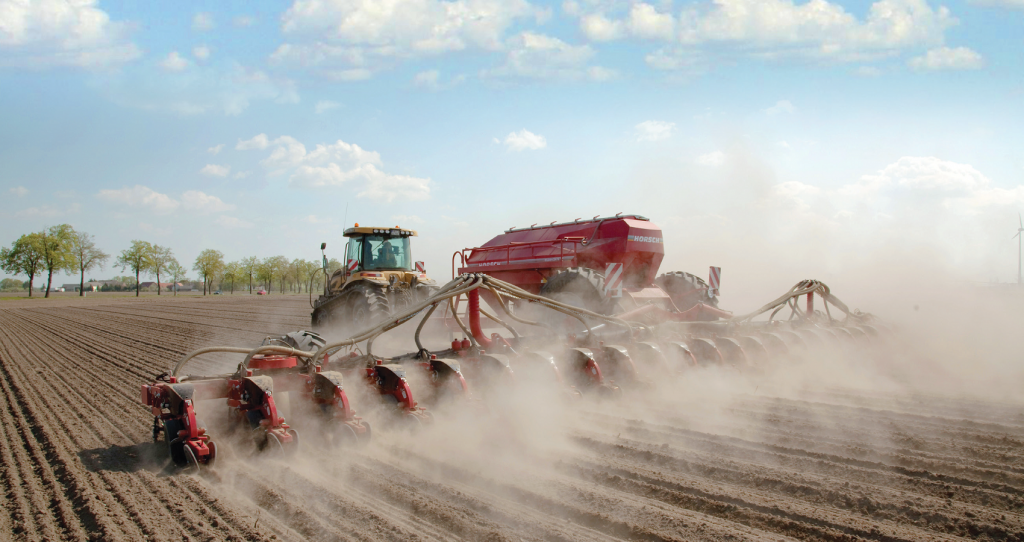Save More with WeedSeeker 2®: How to reduce costs and boost ROI with WeedSeeker 2
Farmers have been playing a perpetual game of tug of war in every field since the dawn of agriculture: keeping crops growing while stopping weeds from taking over. Unfortunately, weeds continue to put up a good fight against herbicides, and some are incredibly resistant against any attempt to control them. To get a true advantage, it comes down to optimizing your weed control approach, both through inputs and application techniques.
That doesn’t mean weeds have to win, however. Blanketing fields with herbicide is not good for your bottom line, your crops, or for the environment. It’s not particularly effective either. It results in a waste of inputs that could be more effectively and strategically used elsewhere or throughout the season.
What are the benefits of WeedSeeker 2® Spot Spray System?
Trimble’s WeedSeeker 2 Spot Spray System offers a better approach. It uses the same application skills as other sprayers, but it’s much more agile, lightweight, and intelligent about how it applies the herbicide. This redesign has resulted in some serious improvements that make it even more practical and efficient. The system’s total weight has been reduced, making for easier installation and to allow for installation on even the longest booms without reinforcement. Channels designed into the streamlined sensor housing allow any liquid to drain through and out without any manual intervention, wiping, or residue checks required. Less maintenance and preparation equals more time actually getting the work done.
Though the technology behind WeedSeeker 2 is complex, the way it works is not. By using advanced optics and processing power, the system only applies herbicide when weeds are identified once the sensor passes over them. Essentially, the system eliminates the need to walk or observe the fields prior to application.
Superior Weed Detection
WeedSeeker 2 has expanded its available weed detection width and fixed sprayer nozzles that match the industry standard of 50 cm (19.6 inches) spacing, which provides maximum coverage with minimal input use. With this coverage and the ability to strategically apply herbicides and other inputs, you can reduce the overall application amount by up to 90 percent. That’s keeping some real dollars in your operation.
This smart technology is designed to adjust to all the variables that may occur in your field. To start, WeedSeeker 2 knows your boom speed and position. It helps avoid multiple applications on already covered areas and helps adjust application on turns. It can also adapt on the fly for temperature changes, ambient light differences, and backgrounds, such as soil, stubble, or unusual field conditions. There’s never a need to sit and perform system recalibration for maximum effectiveness.
What equipment works with WeedSeeker 2?
WeedSeeker 2 can be adapted to any existing sprayer boom, and because of its ISOBUS compatibility, it works with a diverse range of sprayers, displays, and autopilot systems. However, if you really want peak performance, an upgrade to the Trimble GFX-750™ display is a great idea. With its easy-to-read 25.6 cm/10.1-inch display and ability to integrate all your field operations into one sleek system, the Trimble GFX-750™ display represents peak efficiency and performance at your fingertips. Connectivity is rarely an issue with its built-in ISOBUS capability and WiFi/Bluetooth communications.
Regardless of which you choose, the interface itself is easy to use by operators of any skill level. Herbicide usage is easy to track, along with coverage map logging. After taking your passes, you can review the field log to see where the trouble patches are and monitor how effective your applications are throughout the growing season and multi-year trends. In dealing with weeds and their constantly evolving tolerance to pesticides and other treatments, this gives you an advantage in seeing what’s the most effective option and what’s not.
See How Much You Can Save
If you’re on the fence about whether WeedSeeker 2 is right for your operation or if you should still stick to conventional spraying techniques, Trimble offers a great savings calculator for estimating your potential return on investment (ROI) and you can see how quickly the system will pay for itself once added to your operation. Input a few simple numbers – field size and application numbers – and the inefficiency and cost of conventional spraying techniques becomes clear. Crunching those numbers doesn’t cost anything; sticking with the old way of doing things when there are more efficient and cost-effective alternatives can be costing you more money than you realize. To explore your options with WeedSeeker 2, contact your local Trimble reseller today.



